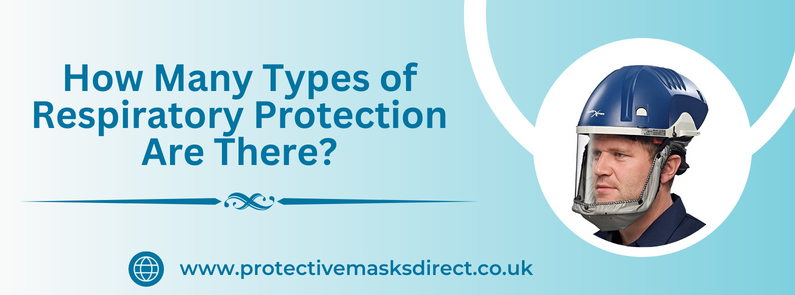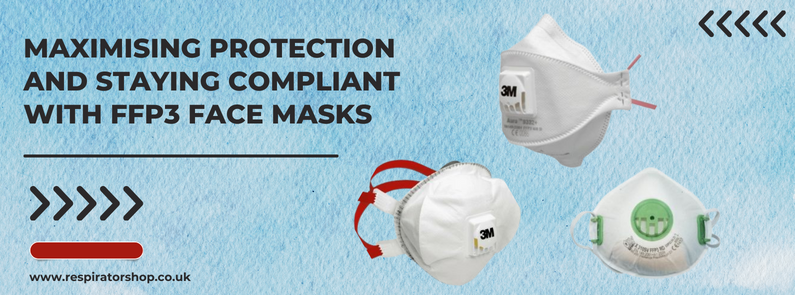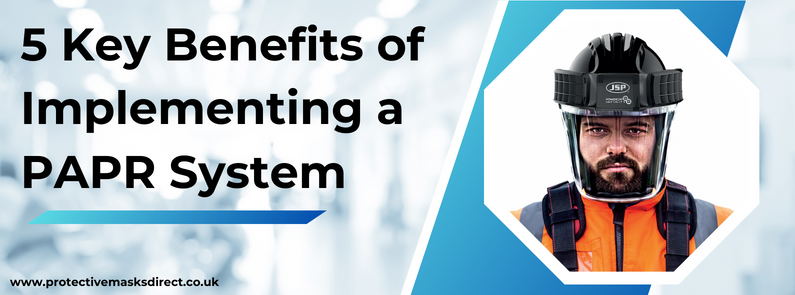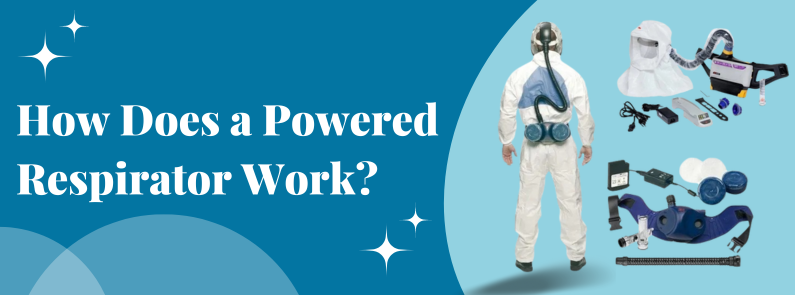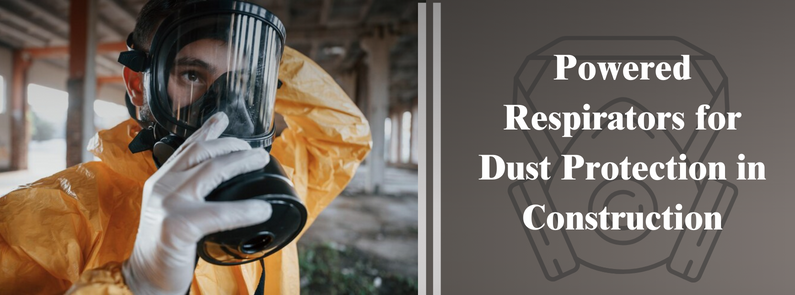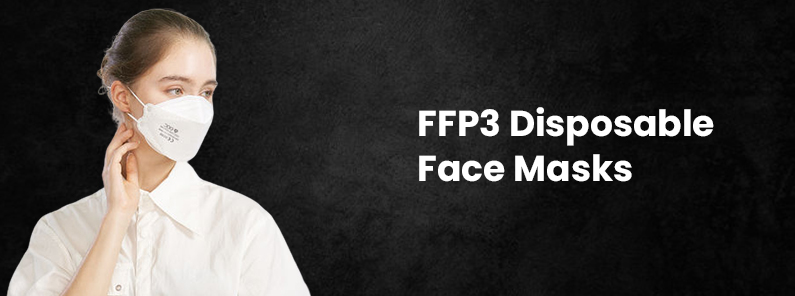
Face masks or respirators are essential safety equipment in today’s date and age, especially to protect oneself from the deadly CoronaVirus. FFP3 and FFp2 (or N95) masks are considered to be the best in ensuring complete safety for the wearer, along with taking proper precautionary measures. However, simply wearing a mask is not enough, especially if you are headed into a hazardous environment. You need to first pre-check your disposable face mask for a proper fit to ensure no amount of air goes in or out without first being filtered through the mask.
The Importance of Pre-Checking FFP3 Disposable Face Masks
Just like anything else we wear, the one-size-fits-all is not applicable on face masks too, especially those that need to be tightly fitted on the face to maximize protection. It is essentially important to ensure that workers don’t get exposed to hazardous substances or viruses that are detrimental to their health. It is recommended that testing should be conducted from time to time to ensure the face masks always accurately fit the wearer.
Types of Face-Fit Testing Procedures
For workers continuously exposed to harmful environments, experienced professionals conduct the pre-checking procedure. Pre Checking of Respiratory Protective Equipment (RPE) is possible with a face fit testing kit. It is essential for workers in industries where the wearer needs to be safely protected against airborne hazards like dust, gases, vapors, and chemical particles. Face fit testing ensures that the mask is accurately and safely fitted on the wearer’s face to maximize protection.
There are two ways in which the pre-checking procedure is usually conducted by healthcare professionals. These are known as qualitative and quantitative methods.
Qualitative Face Fit Testing
This method is used to determine the seal quality of disposable masks, relying on the person’s taste receptors to determine the mask’s effectiveness. The individual is first made to wear a hood without a mask and a strong-tasting solution is sprayed into the hood, to find out how much quantity is required for a person to identify it. After a specific dose is determined, the individual then is required to wear the test mask and hood. A variety of movements and light exercises are performed that simulate normal working conditions. The solution is once again sprayed inside the hood during this process, and if the person can taste the solution, it means the seal is not effective.
Quantitative Face Fit Testing
This test does not rely on the individual, instead, it uses methods such as particle counting to measure the seal’s effectiveness and quality. The wearer must partake in light exercises that simulate normal work practices to ascertain the seal’s validity. A device then measures the number of particles that enter the mask and compares it to those challenging it.
How to Pre-Check an FFP3 Disposable Face Mask?
Fit-checking is a process wherein the wearers need to ensure that the mask is fit to protect them from airborne particles by acting as a good facial seal. Fit checks before using respirators are recommended to detect good facial seals by the absence of any sort of leaks using both positive and negative pressure checks. It is the minimum safety standard that is deemed fit for ensuring appropriate respiratory protection.
Here are the detailed steps you need to follow before pre-checking your FFP3 respirator:
- Take the respirator in one hand, and with the other, carefully separate the edges to open it. In case your respirator has a nose pin, you must bend it to form a gentle curve.
- Turn your mask upside down to release the headbands or ear loops, and separate them using your thumb and index finger.
- Carefully place the mask below your chin before inserting the loops over your ears. In case your mask has headbands, make sure to put one on the lower part of your head behind the ears, and the other, on the upper part of your head, slightly above the ears.
- Ensure that the mask/respirator is flat against your cheeks and the nose pin is carefully molded across the bridge of your nose. You can ensure the fit by firmly pressing on the mask’s edges and right where the nose pin is situated.
- Now place both hands in front of your mask without disturbing its position. Conducting the positive check requires you to exhale quickly, whereas for conducting the negative check, you must inhale quickly. In the absence of any leakage, you will feel a considerate amount of pressure both while exhaling and inhaling. If there is minimal to no pressure, it means there is possible leakage from the mask either due to gaps or a faulty mask.
- Try adjusting the mask in case of a leakage. If still, you feel that air is possibly leaking out or getting in without filtration, it’s best to find a mask that accurately fits on your face.
Wrapping Up
Wearing a well-fitted mask is essential to ensure your safety both in hazardous work environments, and stay protected from deadly viruses such as the covid-19. Casually selecting an FFP3 face mask and wearing it without first checking whether it properly fits would put your health and those around you at great risk. You must always remember to follow the above steps before putting on a new mask to ensure utmost safety for yourself and those around you.

